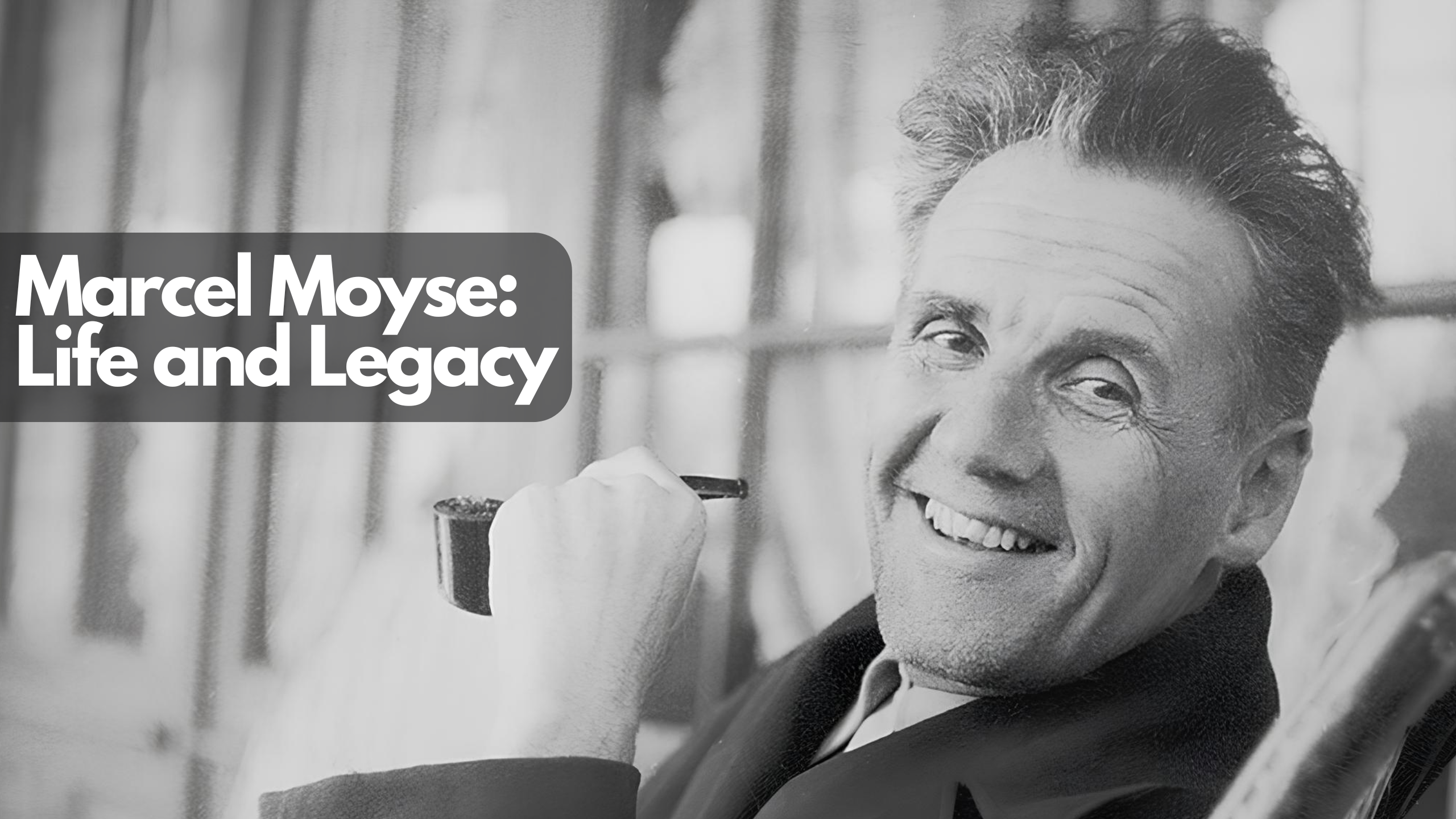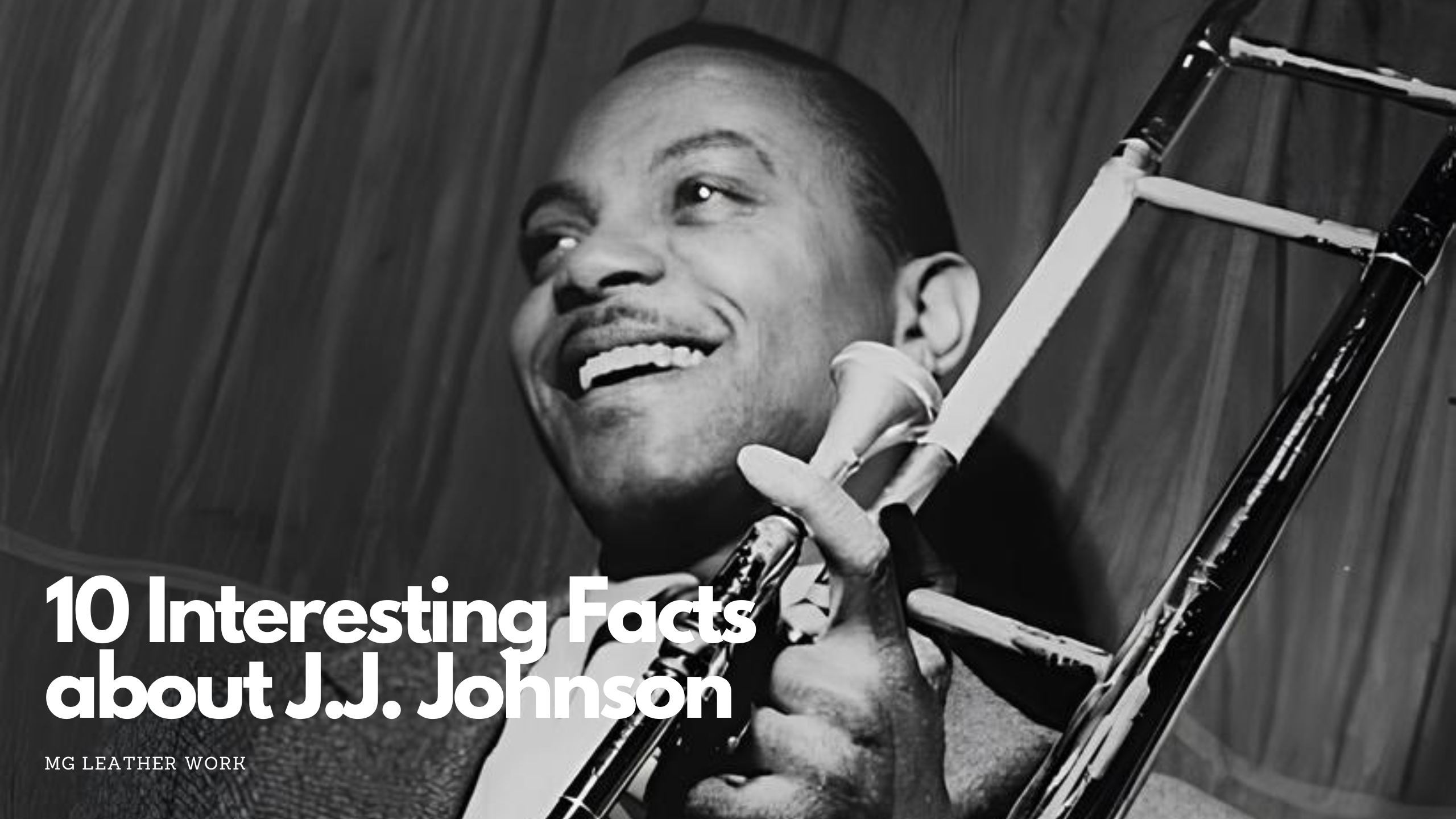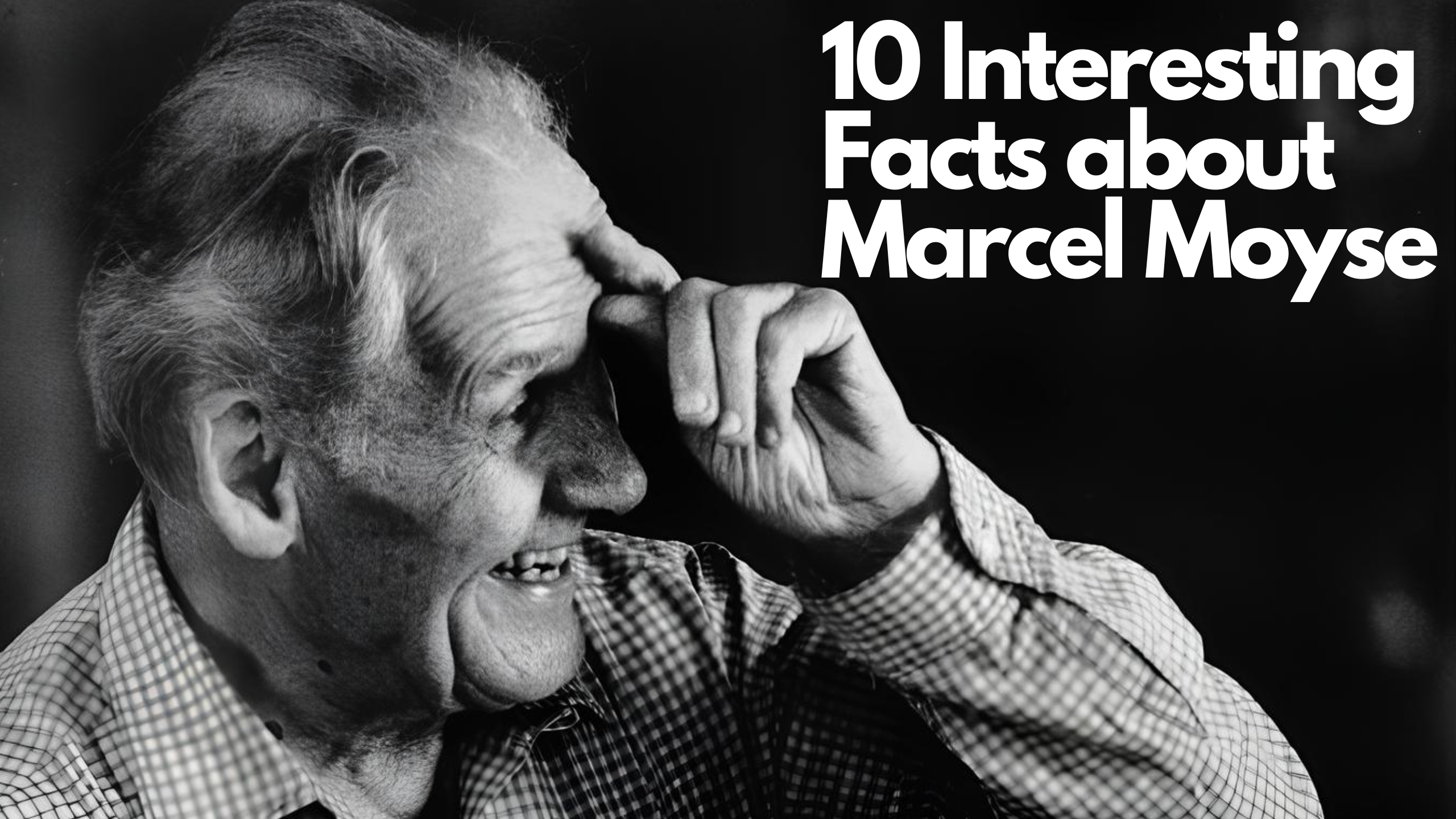
Marcel Moyse: Biography, Contributions, and Legacy

Marcel Moyse’s style and methods left a great impact on woodwind musicians of the 20th century across the world. He earned a reputation as a talented orchestral musician, solo flute player, and skillful teacher, whose approaches laid the foundations for the Suzuki Flute Method. His expressive style featuring a clear tone with a fast vibrato influenced flute-playing technique across Europe. In this article, we will explore Marcel Moyse’s artistic life, achievements and collaborations with other artists.

Early Years of Marcel Moyse
Marcel was born in St. Amour in 1889. His creative life started after he moved to Paris to live with his uncle Joseph who played in a cello section in a highly respected institution called Lamoureux Orchestra. During his life there, he gained a clear understanding of a professional musician’s routine. His uncle was interested to improve his nephew’s cultural and musical level, so from the first months in Paris, Marcel had a very diverse and intense life, visiting museums and concerts.
Being aware about Marcel’s intention to become a sculptor, his uncle organized drawing lessons for him, and soon he also decided to introduce him to music by finding a teacher who could teach Marcel to play the flute.
This laid the foundation for his future musical endeavors.
Marcel’s practices lasted forty-five minutes several days a week. During the breaks, he was reading books from his uncle’s library. His intensive practices on flute were combined with flute concerts, which he attended together with his uncle. This was how Joseph showed Marcel what could be possible in the near future if he became a musician.
In late spring 1904, his uncle introduced him to renowned French flutist and musical teacher Adolphe Hennebains. Seeing Marcel’s abilities, Adolphe agreed to accept him as his student, which was the first huge step for Marcel’s future career.
Moyse spent months studying with Hennebains and made notable progress in his abilities. Then he started his class with Paul Taffanel at the Paris Conservatoire. The time spent with Taffanel who was by then a man of respected age, enriched Marcel with more valuable insights. He mastered the standard repertoire required for admittance into the Conservatoire with ease. Thanks to Hennebains and Taffanel’s guidance, Marcel became the winner of the place in the flute class at the Paris Conservatoire in Autumn 1905.

First Success in Musical Career
When he was only 14, he already played in an orchestra conducted by Rimsky- Korsakov. At the age of 24, Marcel had an opportunity to join an opera singer, Nellie Melba for her tour across the United States in her private train.

The good education and great skills provided Moyse with many career opportunities during 1906-1907. This period was full of various crucial moments that helped him grow as a musician. He studied from French violinist and composer Lucien Capet as well as explored the repertoire for solo violin and read cello literature on his way to make his tone to be as rich as his uncle’s cello sound.

During 1916-1918, Marcel played at French music teacher Nadia Boulanger’s class in musical analysis. His flute career rapidly developed. He had the position of the principal flutist at Paris’s Opéra Comique and also applied for the solo flutist at the Paris Opera, but when they offered him that position, he refused it due to personal reasons. Later, he also became the first flutist in the Paris Symphony Orchestra.

Marcel Moyse as an Orchestral Flutist and Soloist
In 1931, during his teaching activity in Geneva, Marcel Moyse was asked to replace Marcel Welsch and play Bach’s Brandenburg Concerto No. 5 with Orchestre de la Suisse Romande. Welsch committed suicide and the orchestra was seeking a replacement. This moment became pivotal in Moyse’s life as it served the starting point of Moyse Trio where Marcel was the founder, director and flute player. The other two members were Blanche, who played the violin and viola; and Louis, who played the piano and flute. The trio was formed in 1934 and performed together for the next 20 years.

During 1933-1949, Moyse regularly visited Geneva, since he worked at the position of Professor at the Geneva Conservatoire. These weekly trips allowed him to visit his home village and his adoptive mother, since it was situated not too far from there.
Moyse reached his peak of fame by 1936. He played the flute in orchestras conducted by Prokofiev, Stravinsky, Strauss, Koussevitsky, and Toscanini.
He also played with Lamoureux Orchestra and the Société Concert du Conservatoire as a solo flutist. Moyse became a winner of several Grand Prix du Disques awards and was appointed a Chevalier of the Legion of Honour in recognition of his contributions as a musician.
Marcel actively performed in European cities, participated with his Trio at the Tanglewood Festival, and played live session on the NBC Radio.

Marcel Moyse’s Contribution for Generations of Musicians
His performances were rich in expressive nuances, with a clear, vibrant and lyrical tone. Marcel stood out thanks to his artistry, complemented by his commitment to advancing flute technique. He had his own interpretation of music, where the importance of phrasing and breathing in shaping a beautiful, singing sound took the most important place.
Becoming one of the founders of the Marlboro School of Music in 1951 in Vermont together with Rudolf Serkin and Adolf Busch became another pivotal moment in his life. It played a major role for generations of wind musicians who later became the leading players in orchestral and chamber settings.

Marcel Moyse as a Teacher
Moyse devoted many years of his life to teaching the flute. He shared his knowledge through master classes in the USA, Switzerland, England. Among his former students are many great musicians who managed to become leading flute players with intense career, including James Galway, Bernard Goldberg, Robert Aitken, Paula Robison, Julia Bogorad and more. Marcel became a strong inspiration for Jean-Pierre Rampal, and many musicians from Japan, where he also had his master classes. Teaching and interacting with dedicated students were the force that inspired him during the late years of his career, until his death in 1984.

Moyse had created several highly appreciated books, including De La Sonorité and Tone Development Through Interpretation, which focused on tone production, phrasing, helping flutists improve their techniques. These books remain essential reading for flute players, enriching them with insights and helping refine their skills with exercises to expand their own possibilities with the instrument. In addition to exercise books for flutists, Marcel also released recordings aimed at refining skills.

Conclusion
Marcel entered the history of music as one of the greatest flute players and teachers of the 20th century. Born in France, Moyse began his musical journey under the guidance of talented flute teachers. Marcel quickly distinguished himself as a student and soon played under the batons of the most outstanding conductors, actively toured, recorded and shared his knowledge and passion with others. Beyond musical legacy, Moyse had made great contributions as a teacher, impacting the world of flute playing. His methods and philosophies continue to inspire generations of flutists.

If you are a flutist or know friends who play the flute, we invite you to check our collection of flute accessories.
You can also read articles about other flute players such as Ian Anderson and Herbie Mann.



 https://mgleatherwork.com/pages/about-us
https://mgleatherwork.com/pages/about-us





Leave a comment
This site is protected by hCaptcha and the hCaptcha Privacy Policy and Terms of Service apply.